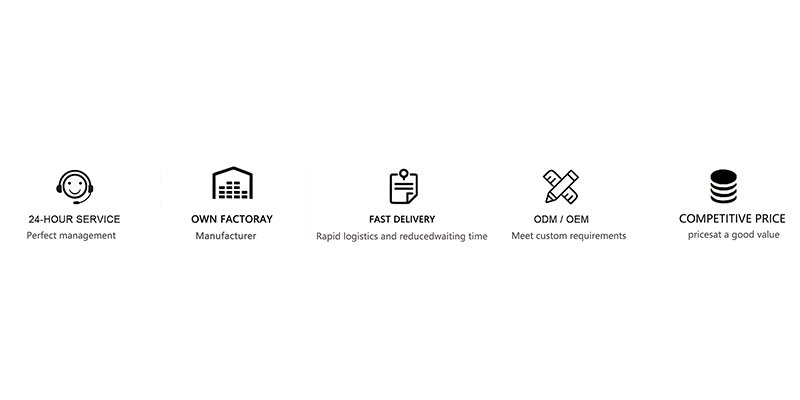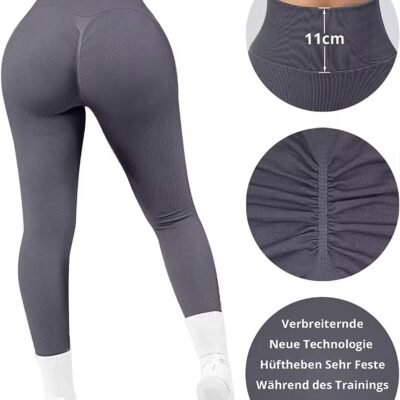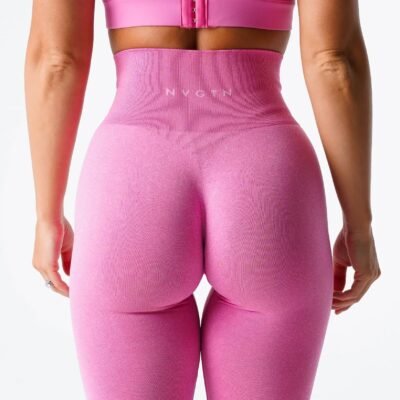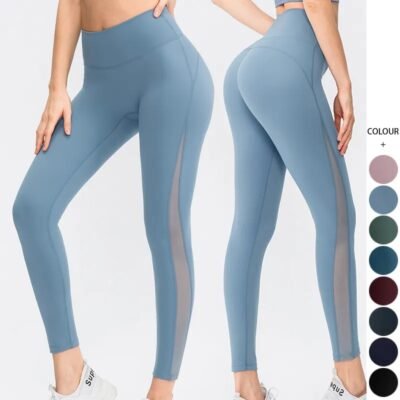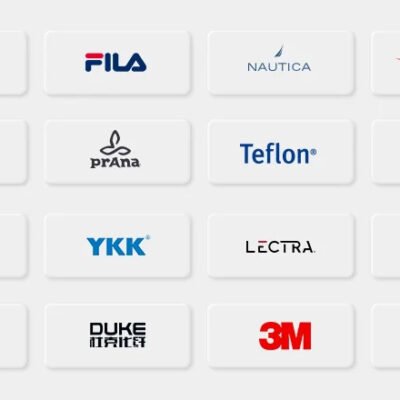Yoga suits have become essential for those who practice yoga or engage in other fitness activities. The blend of comfort, flexibility, and style makes them a popular choice. But have you ever wondered how these yoga suits are made? The journey from concept to finished product involves a complex and detailed process within a yoga suit processing factory. Let’s explore the key steps involved in bringing these garments to life.
1. Design and Conceptualization
The first step in creating a yoga suit is the design phase. Designers collaborate to conceptualize the look, feel, and functionality of the yoga suit. They consider factors such as fabric choice, stretchability, breathability, and style. Sketches and digital designs are created to visualize the final product.
Key Steps:
- Researching market trends and customer preferences.
- Creating initial sketches and digital designs.
- Selecting suitable materials based on functionality and aesthetics.
2. Pattern Making
Once the design is finalized, the next step is pattern making. A pattern is essentially the blueprint of the garment, dictating how the fabric will be cut and assembled. Precision is key, as the pattern must account for the exact dimensions and proportions required for the yoga suit.
Key Steps:
- Drafting the pattern based on the design specifications.
- Creating prototypes to test the fit and adjust the pattern as needed.
- Finalizing the pattern for production.
3. Fabric Selection and Procurement
Fabric selection is crucial in the production of yoga suits. The chosen fabric must be durable, stretchable, moisture-wicking, and comfortable against the skin. Factories often work with suppliers to source high-quality fabrics that meet these requirements.
Key Steps:
- Evaluating different fabrics for quality, texture, and performance.
- Sourcing materials from trusted suppliers.
- Testing fabrics to ensure they meet the desired standards.
4. Cutting
With the pattern and fabric ready, the next step is cutting. The fabric is laid out in layers, and the pattern pieces are traced onto it. Precision cutting is essential to ensure that all parts fit together perfectly during assembly. Advanced cutting machines or skilled craftsmen are used to achieve accuracy.
Key Steps:
- Layering the fabric for efficient cutting.
- Tracing the pattern onto the fabric.
- Using cutting machines or manual techniques to cut the fabric accurately.
5. Sewing and Assembly
The cut pieces of fabric are then sewn together to create the yoga suit. This stage requires skillful assembly to ensure that seams are strong and the garment is comfortable to wear. Factories typically employ specialized sewing machines for tasks such as overlocking, flat-lock stitching, and coverstitching, which are essential for stretchy fabrics like those used in yoga suits.
Key Steps:
- Assembling the cut pieces using various sewing techniques.
- Ensuring seams are flat and durable.
- Adding features like elastic waistbands, zippers, and gussets.
6. Quality Control
Quality control is a critical part of the manufacturing process. Each yoga suit is inspected for defects, such as uneven stitching, loose threads, or fabric flaws. The goal is to ensure that only high-quality products reach the customer.
Key Steps:
- Inspecting garments for any visible defects.
- Checking the fit and comfort of the finished product.
- Conducting durability tests, such as stretch and wash tests.
7. Finishing Touches
After passing quality control, the yoga suits undergo finishing touches. This includes adding labels, tags, and any additional branding elements. The garments may also be pressed and packaged to ensure they look their best when they reach the customer.
Key Steps:
- Attaching care labels, size tags, and brand logos.
- Pressing the garments to remove any wrinkles.
- Packaging the yoga suits for shipping.
8. Packaging and Distribution
The final stage involves packaging the yoga suits and preparing them for distribution. Factories typically pack the garments in protective packaging to prevent damage during transit. Once packaged, the yoga suits are shipped to retailers or directly to customers.
Key Steps:
- Packing the garments in appropriate packaging.
- Preparing orders for shipping to various destinations.
- Coordinating with logistics partners for distribution.
Conclusion
The production of a yoga suit involves a meticulous process, from the initial design concept to the final product ready for sale. Each step in the factory process is vital in ensuring that the yoga suits are not only stylish and comfortable but also durable and functional. Understanding this process gives insight into the craftsmanship and effort that goes into creating the yoga apparel that so many people rely on for their fitness routines.


